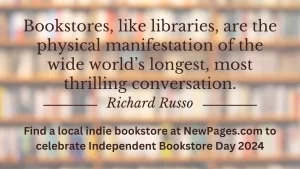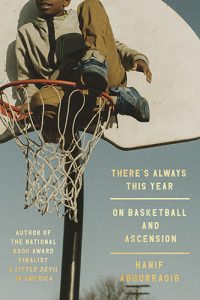Phoebe – Spring 2012
Volume 41 Issue 1
Spring 2012
Biannual
Kirsten McIlvenna
Phoebe “prides itself on supporting up-and-coming writers, whose style, form, voice, and subject matter demonstrate a vigorous appeal to the senses, intellect, and emotions of [its] readers.” I found this issue to be proof of that: with each turn of the page, I found more new and exciting forms and subject matter. As a writer who can’t seem to hit a creative bone without form, I loved reading each and every one of these pieces—sifting through the forms and pondering on how each one opens up something new to the story or message.
Phoebe “prides itself on supporting up-and-coming writers, whose style, form, voice, and subject matter demonstrate a vigorous appeal to the senses, intellect, and emotions of [its] readers.” I found this issue to be proof of that: with each turn of the page, I found more new and exciting forms and subject matter. As a writer who can’t seem to hit a creative bone without form, I loved reading each and every one of these pieces—sifting through the forms and pondering on how each one opens up something new to the story or message.
Most noticeable and enjoyable for its structure is the first story in the magazine, Crona Bardoff’s “A Good Life.” In it, Bardoff tackles all sorts of forms—short sections with headers, conversations/interviews, lists, and even a resume—to ponder on the idea of what makes a “good life.” I especially like the cattiness to which Bardoff shows our expectations for what a person should do and how that person’s success is measured. She muses about how people don’t actually drink coffee because they enjoy it; you drink it because “you have to,” because “it can be poured over ice, and there is nothing left to do,” and so that “you have something to hold in your hands.” The entire piece pokes fun at the impressions and expectations the world has for us.
Caylin Capra-Thomas uses a multiple choice form in her poem “Blank Faces” to discuss the idea of strangers. And Heather Bartlett allows the narrator of the poem “Tonight I Am My Lover” to “slip into other identities”—each identity having its own space. In it, the narrator is at first attuned to the lover, how she undresses and blushes, but the speaker gets distracted imagining the identity of the neighbor, a child on the news, the child’s mother, etc.:
Sometimes she blushes
and sometimes I coo
but tonight I am someone else—the neighbor
across the hall who wonders
why our lights are never on,
who keeps close eye
out the peephole for a glimpse
of petite brunette.
The poem delicately shows how the speaker’s anxiety distracts from being in the moment with the lover.
In the fiction piece “The Vast Hammocks of Maine,” Trevor J. Houser creates a character who tells his story from day-to-day as a worker in a wine-shop whose only sex-life is with a married woman he delivers wine to. Told from the first person and in present tense, the writing intrigues me in the way the speaker notices and comments on his surroundings and life. I can’t help but find humor and enjoyment from this character’s pathetic life and his voice and view of the world. In the end of the story, the character goes to the health clinic to get checked out after his sexual fling is over:
I take a number and sit in the back of what looks like a fourth grade classroom. I notice there are eight or nine other people, all black. One of them is a young girl. She is in a tube top and fuck me pumps. It is ten-thirty in the morning. I try to read the newspaper, but it is hard to concentrate. There is a TV bolted to the wall blaring a third-rate fictionalized account of some lothario gang-banger named Randy and how he learned a lesson on why he shouldn’t share needles and fuck every ho he sees. I feel bad for Randy. I am Randy’s peer now.
Phoebe is then broken into a special feature section titled “Guts” in which Poetry Editor Daniel D’Angelo writes, “In the face of the inevitable, poetry straddles permanence and impermanence, dream and reality. It can carry us away on viewless wings, and it can reimagine or reinforce the way we feel rooted to our biology.”
My favorite piece from this section does just that. Sean Carswell’s “Another Beauty” constantly switches between reality and the imagined, leaving the reader unsure of who is real and who is made up, not revealing which is which until the end—and even then questions are left unanswered. The story begins:
Carl made up a dead girlfriend to get the neo-Nazi at work off his back. I wasn’t there. I don’t know the whole story. Carl doesn’t tell whole stories. He drops fragments here and there. I collect the fragments and glue them together. But here’s what I assembled.
In the same way that the narrator puts together the fragments, the reader must also do so, as if reading a puzzle. This is the reason that I love writing and reading pieces with interesting forms so much—to be able to pick them apart and put them back together again—and the reason that I enjoyed all the pieces of Phoebe, making it a magazine that I will certainly pick up again.
[www.phoebejournal.com]



